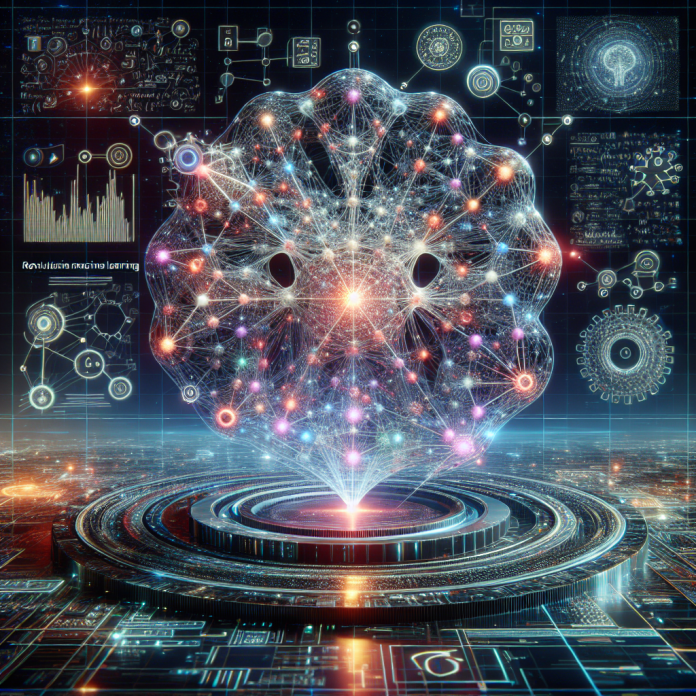Recurrent Neural Networks (RNNs) have revolutionized the world of sequential data processing. From predicting stock prices to generating text, RNNs have shown their power in handling data that occurs in a sequence, such as time series data, sentences, and audio.
### Understanding Sequential Data
Let’s start by understanding what sequential data is. Think about a sentence – it has words arranged in a specific order to convey meaning. Now, consider a stock market chart – it shows the price of a stock over time. Both these examples are forms of sequential data, where the order of the data points matters.
### Introducing RNNs
Traditional neural networks are not designed to handle sequential data since they treat each input as independent. This limitation led to the development of RNNs, specifically crafted to process sequential data through their ability to retain memory of previous data points.
### The “Memory” of RNNs
Imagine you’re reading a book; as you progress through the story, you remember what you’ve read so far, helping you understand the plot and characters better. Similarly, RNNs have a memory element that retains information from previous inputs, making them ideal for tasks where context is crucial.
### Vanishing Gradient Problem
Despite their promising capabilities, RNNs face challenges like the vanishing gradient problem. This issue occurs when the gradients become extremely small during training, hampering the model’s ability to learn long-term dependencies in data sequences.
### LSTM and GRU
To address the vanishing gradient problem, advanced variations of RNNs like Long Short-Term Memory (LSTM) and Gated Recurrent Unit (GRU) were introduced. These models have specialized mechanisms to preserve the important information from past inputs and omit irrelevant data.
### Applications of RNNs
RNNs have widespread applications across various industries. For instance, in natural language processing, RNNs are used for text generation, sentiment analysis, and language translation. In finance, RNNs can predict stock prices and analyze market trends based on historical data.
### Real-life Example: Text Prediction
To illustrate how RNNs work, let’s consider text prediction. When you start typing a message on your smartphone, the keyboard suggests the next word based on what you’ve written so far. This predictive text feature is powered by an RNN model that analyzes the context of your message to offer relevant word suggestions.
### Challenges and Limitations
While RNNs are incredibly powerful, they’re not without limitations. One major drawback is their computational complexity, which can make training and deploying RNN models resource-intensive. Additionally, RNNs struggle with handling very long sequences of data efficiently.
### Future Developments in RNNs
Researchers are constantly exploring ways to improve RNNs and overcome their limitations. One promising direction is the integration of attention mechanisms into RNN architectures, allowing the model to focus on specific parts of the input sequence that are most relevant for a given task.
### Conclusion
In conclusion, RNNs play a vital role in processing sequential data and have enabled remarkable advancements in various fields. Despite their challenges, RNNs continue to evolve, paving the way for more sophisticated models that can tackle complex sequential data analysis tasks with precision and efficiency. Whether you’re analyzing text, predicting stock prices, or understanding speech, RNNs are at the forefront of cutting-edge technology, shaping the future of artificial intelligence and machine learning.

